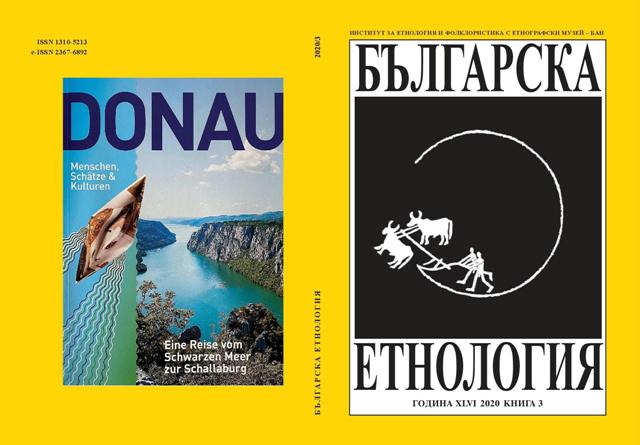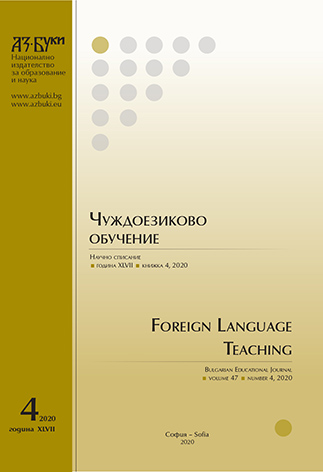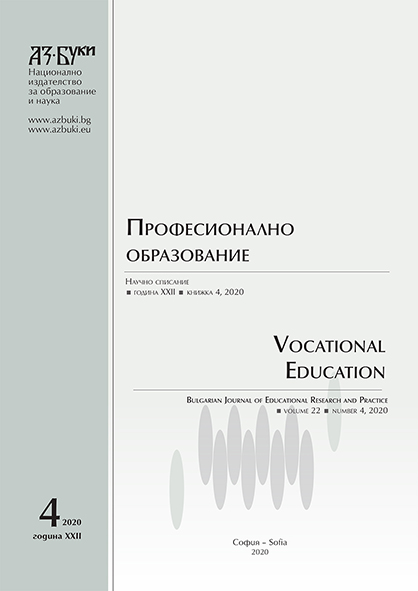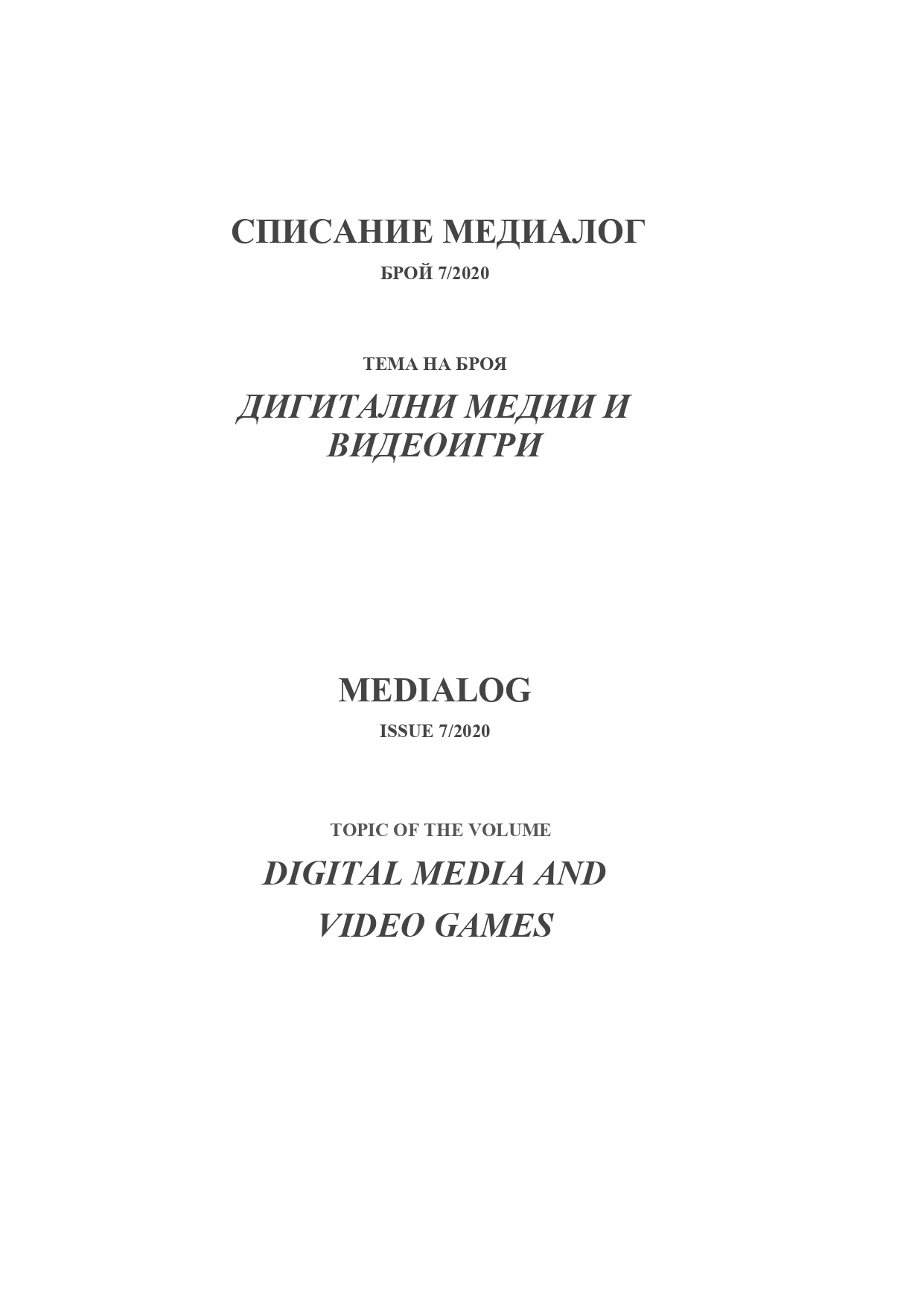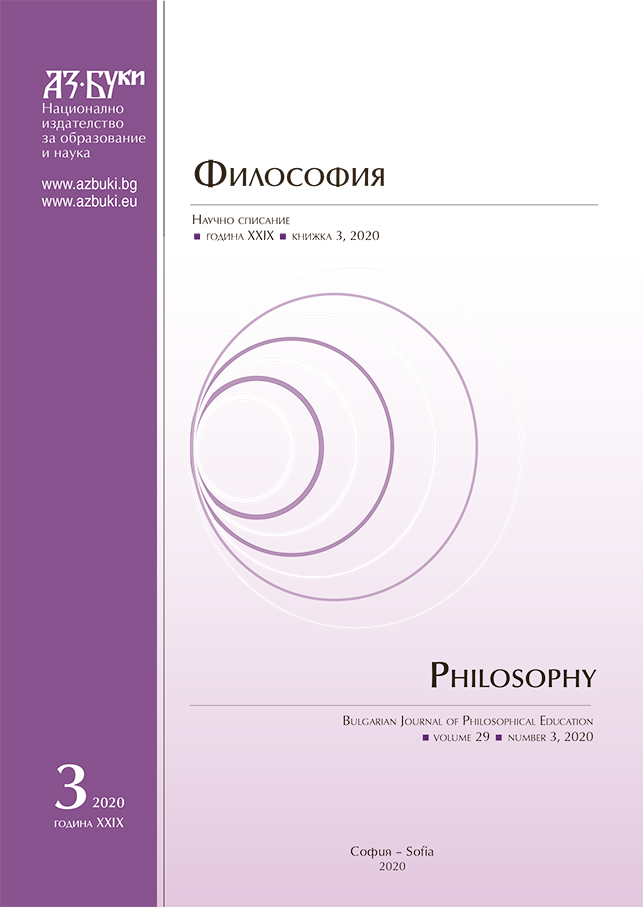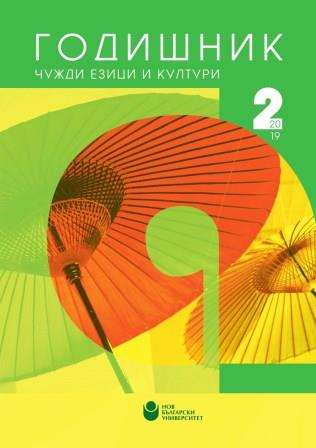
Гражданското образование – ново предизвикателство пред обучението по история
Starting from the school year 2020/2021, the Bulgarian school will begin studying a separate subject “Civic Education”. Previous practice has provided that civic education at school should be realized through its integrated study in general subjects, among which “History and Civilizations” played a leading role.The purpose of this publication is to analyze and predict whether, in the new situation, the place of history of students' civic education and their formation as citizens will be maintained or weakened.
More...
